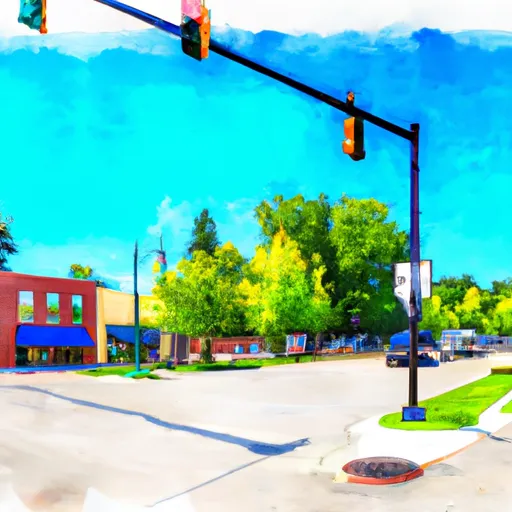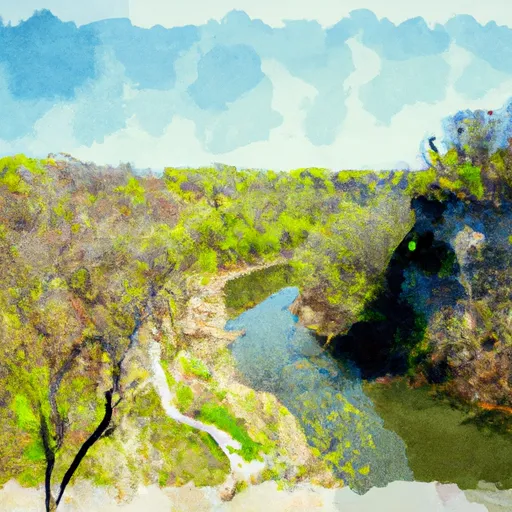°F
°F
mph
Windspeed
%
Humidity











Chili, Wisconsin is a small town located in Clark County in the central part of the state. It has a humid continental climate, with cold winters and warm summers. The town is situated near several waterways, including the Yellow River and Black River, which provide excellent opportunities for fishing, kayaking, and other water-based activities. Outdoor enthusiasts can also enjoy hiking and biking on the numerous trails in the area, including the Ice Age Trail, which runs through Chili. The hydrology constituents of the area include groundwater, surface water, and wetlands. Overall, Chili offers a variety of outdoor recreation opportunities for those who enjoy the natural beauty of Wisconsin.
Weather Forecast
Chili receives approximately 828mm of rain per year, with humidity levels near 82% and air temperatures averaging around 7°C. Chili has a plant hardyness factor of 4, meaning plants and agriculture in this region thrive during a short period during spring and early summer. Most plants will die off during the colder winter months.
Regional Streamflow Levels
67
Cubic Feet Per Second
586
Cubic Feet Per Second
5
Cubic Feet Per Second
61
Cubic Feet Per Second
Nearby Camping
| Camping Area | Reservations | Toilets | Showers |
|---|---|---|---|
| Mississippi Petrified Forest | |||
| Percy Quin State Park | |||
| Bayou Segnette State Park | |||
| St. Francois State Park | |||
| Pere Marquette State Park | |||
| Bogue Chitto Water Park |



